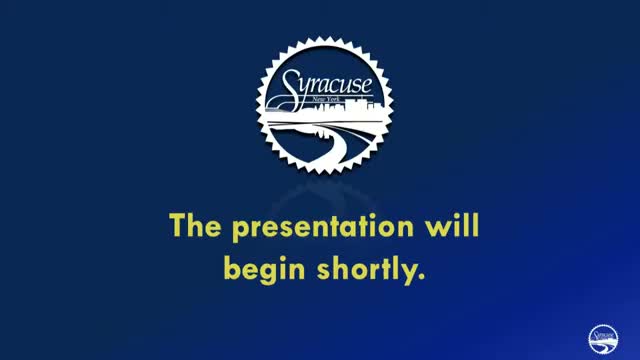Syracuse City Council discusses organizational structure and budget for law department
April 17, 2025 | Syracuse City, Onondaga County, New York
Thanks to Scribe from Workplace AI , all articles about New York are free for you to enjoy throughout 2025!

This article was created by AI using a video recording of the meeting. It summarizes the key points discussed, but for full details and context, please refer to the video of the full meeting. Link to Full Meeting
The session began with a discussion about the law department's budget, which is separate from the mayor's office budget. It was noted that the corporation counsel is part of the senior staff, indicating a connection between the two entities. An updated organizational chart was distributed, detailing the operational titles of staff members and their corresponding titles in the budget book. This chart aimed to clarify the responsibilities of key positions, including the Deputy Mayor, who oversees the police and fire departments.
Further discussions highlighted the division of responsibilities among senior staff, including the Chief Policy Officer and the Chief Operating Officer. The Deputy Mayor's role in coordinating meetings with department heads was emphasized, ensuring effective communication across departments, especially in situations requiring police involvement.
The meeting also addressed the SERA payroll, which includes three positions: the Intergovernmental Affairs Coordinator, the I-81 Project Director, and the Smart City Manager, who will manage the SurgeLink program. The hiring process for the Smart City Manager is currently underway.
A significant point of discussion was the grant application process. Each department is responsible for applying for grants, with examples provided, such as the Department of Justice grant aimed at reducing gun violence. The challenges of civil service exams for certain positions were also raised, particularly regarding the need for candidates who understand the community's unique needs.
The meeting concluded with a consensus that the information shared would aid in the budget deliberations. No objections were raised, and a motion was made to adjourn the session. Overall, the hearing provided clarity on the organizational structure and funding mechanisms within the mayor's office, setting the stage for informed budget discussions moving forward.
Converted from Office of the Mayor Budget Hearing (Part II) Fiscal Year 2025-2026, Thursday April 17th, 2025 meeting on April 17, 2025
Link to Full Meeting
Comments
View full meeting
This article is based on a recent meeting—watch the full video and explore the complete transcript for deeper insights into the discussion.
View full meeting